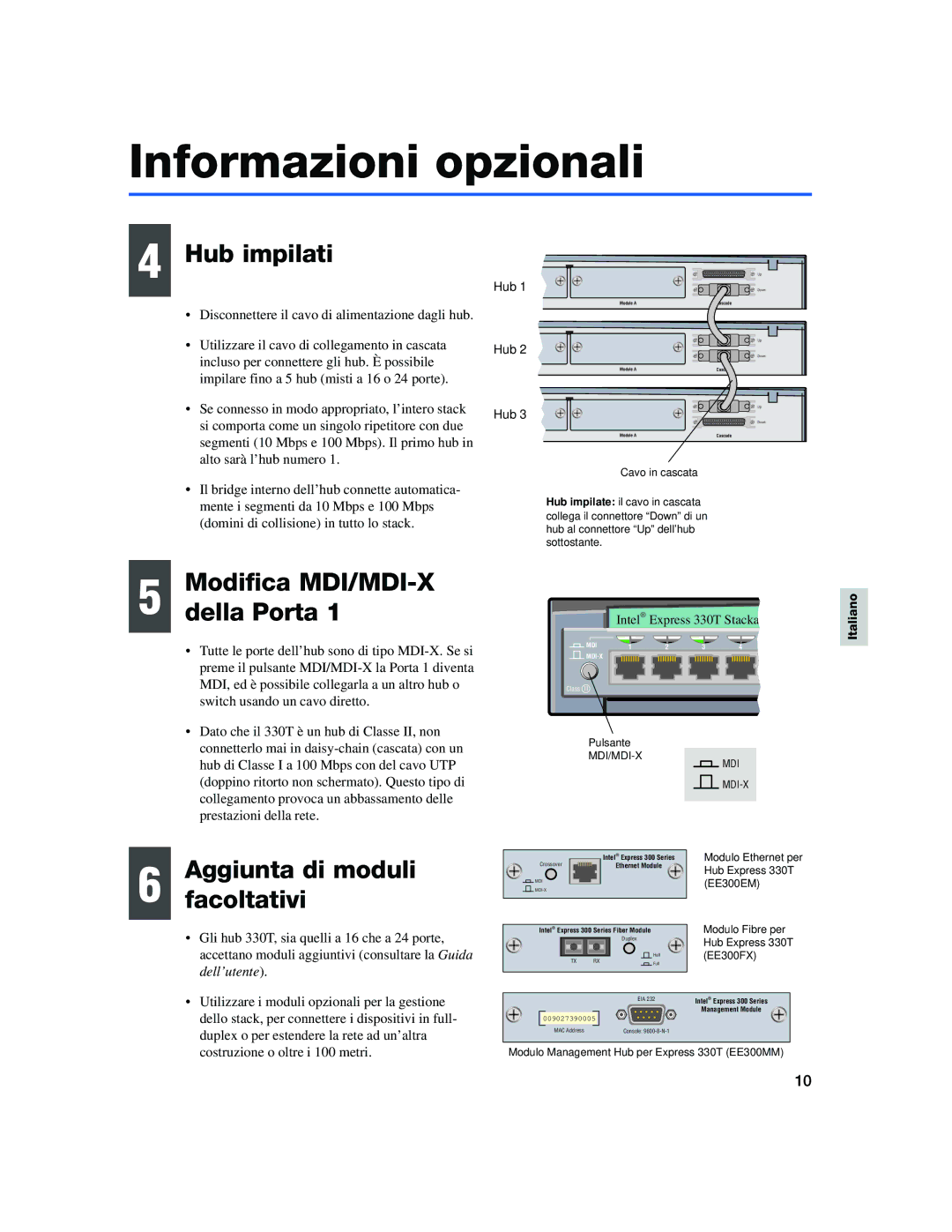330T specifications
The Intel 330T is a noteworthy entry in the realm of hybrid processors, blending the power of traditional computing with the energy efficiency of mobile technology. Designed for Intel's low-power segment, this processor has garnered attention for its remarkable balance of performance and thermal management, making it ideal for a wide range of applications, from ultrabooks to compact PCs.One of the standout features of the 330T is its architecture, which utilizes the Intel Core microarchitecture. This allows for improved performance per watt, offering users a more efficient experience that doesn't compromise on power. With a base clock speed typically around 1.9 GHz and capable of reaching higher frequencies due to Turbo Boost technology, the 330T can handle demanding tasks while maintaining a low energy footprint.
The 330T incorporates Intel’s Hyper-Threading technology, which allows each core to handle two threads simultaneously. This leads to enhanced multitasking capabilities and more efficient processing for applications that can take advantage of parallelism. With dual-core architecture, the processor provides solid performance for casual gaming, productivity applications, and multimedia tasks.
In terms of graphics, the Intel 330T is paired with Intel HD Graphics, which provides decent performance for everyday tasks and some light gaming. The integrated GPU is a significant advantage for devices where a dedicated graphics card isn’t feasible, maintaining a sleek form factor while still delivering visual prowess.
Another key technology featured in the 330T is Intel's Smart Cache. This shared cache architecture allows for improved data access speeds, reducing latency and enhancing overall system performance. The processor also supports Intel's Virtualization Technology, which can be beneficial for users running virtual machines or utilizing cloud-based applications.
The thermal design power (TDP) of the Intel 330T hovers around 35 watts, a critical specification for mobile and compact devices. This low TDP means that devices powered by this processor can operate without extensive cooling solutions, leading to quieter and more portable options.
Connectivity is another strong suit of the Intel 330T, with support for various standards such as USB 3.0, SATA interfaces, and advanced memory technologies like DDR3L RAM. This versatility ensures compatibility with a wide array of peripherals and storage options, further enhancing its appeal to users.
In summary, the Intel 330T processor represents a well-rounded solution for contemporary computing needs. Its combination of efficient performance, integrated graphics, and advanced technologies makes it suitable for various applications, providing an ideal choice for users seeking both power and efficiency in a compact form factor.

